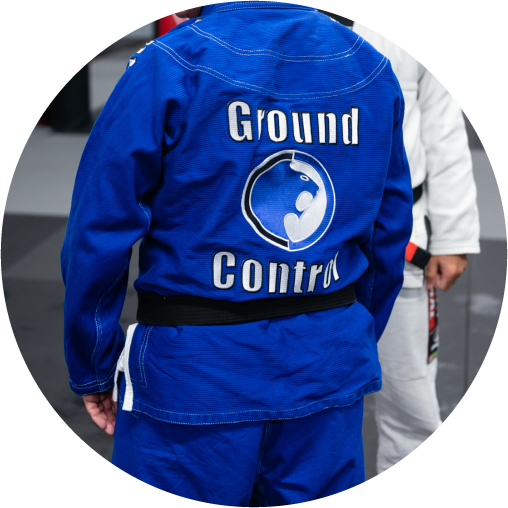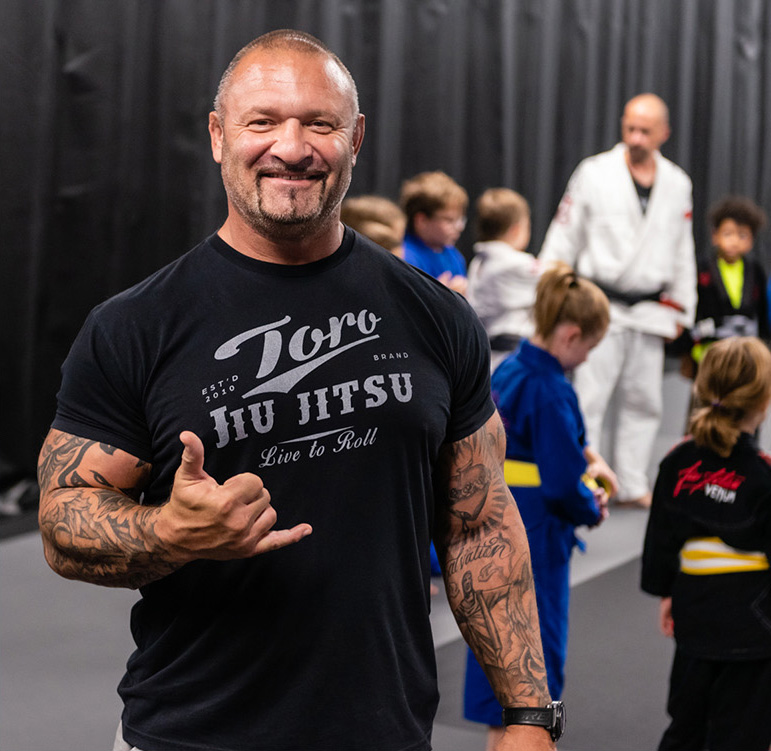Women’s-Only Brazilian Jiu-Jitsu Classes
Are you interested in self-defense that really works?
Wouldn’t it be cool to have the confidence to know you could stop an attacker twice your size with ease? How about learning all that without feeling like you’re the only woman in the class?
We get it and we’ve got you covered.
We offer “Women’s-Only” Brazilian Jiu-Jitsu Classes – Mondays & Fridays at 6pm!
At Ground Control, you can learn practical self defense in a welcoming, comfortable environment.
Unlike self-defense classes, Brazilian Jiu Jitsu strays from the controlled situation vs defense, and instead places you in grappling situations similar to those you would experience if something were to happen in real life. BJJ teaches you how to defend the unexpected.
Moreover, a lot of people also don’t realize that Brazilian Jiu Jitsu teaches physical, but more importantly, mental assertiveness. Making decisions for yourself, vocalizing them, and developing self-confidence are all tools needed to defend yourself off the mats and in real life.

BJJ History
Mitsuyo Maeda Jiu-Jitsu began with Mitsuyo Maeda, a Japanese Jiu-Jitsu master and member of the Kodokan. Maeda emigrated to Brazil in the 1910s where an influential businessman named Gastão Gracie helped him get established. In return for his aid, Maeda taught the fighting art to Gastão’s son Carlos Gracie, who then taught the art to his brothers and sons. When Maeda taught the art to the Gracies he called it Jiu-jitsu. The Gracie family refined this art form into what is now known as Gracie Jiu-Jitsu.
BJJ first hit the mainstream when Royce Gracie won the first ever Ultimate Fighting Championships. After that, the Gracie family revolutionized martial arts by spreading one of the most effective fighting techniques across the world.
Brazilian Jiu-Jitsu differs from other martial arts in that it provides solutions for all possible stages of combat. Other disciplines like Tae Kwon Do or Karate focus on striking and rely on a person’s strength and speed to deliver damage, but speed and strength doesn’t matter when you’re on your back. Brazilian Jiu-Jitsu differs from other martial arts fundamentally. While other martial arts rely heavily on strength and speed, Brazilian Jiu-Jitsu relies on superior technique and leverage.
A Gi (sometimes referred to as Kimono) is the uniform that is typically worn when training Jiu-Jitsu. It consists of 3 pieces: a jacket (or top), pants, and a belt. The material in which the three pieces are made is specially reinforced to withstand the rigors of daily practice. Many Jiu-Jitsu players regard their Gi in the same way a knight would their armor. Most practitioners of Jiu-Jitsu who advocate the usage of the Gi cite the more technical aspect of grappling with a Gi.
As with other martial arts, the progress of a student is marked with a series of colored belts. Unlike other martial arts where Black Belt marks a person’s proficiency in a style, in Gracie Jiu-Jitsu the rank of Black Belt is conferred to individuals who have mastered the art of Brazilian Jiu-Jitsu.
The belts in order are: White, Blue, Purple, Brown and Black. Often schools award four stripes for White through Brown belts. Black Belts are typically awarded one stripe every three years up to ten stripes. There are special classifications for Black Belts fighter and instructors. Instructors have Black Belts with Red bands and Black Belt fighters have White Bands. Typically, Black Belt instructors are not allowed to promote others up to Black Belt rank until they receive their first stripe. The ranks for children are different. Blue belt and higher ranks have age requirements so children have the following ranks beginning with White, Yellow, Orange and Green. Each belt has 4 stripes. These belts are utilized until age 16. Typically, it takes anywhere from 8 to 15 years to attain the rank of Black Belt in Jiu-Jitsu. Each belt (with the exception of Blue) takes about 2-5 years of dedicated practice; Blue Belt can often be attained in about a year of dedicated study.

Have A Question?
Ground Control – Baltimore Academy
8303 Pulaski Hwy, Suite B, Rosedale, MD 21237 | (410) 340-5925



